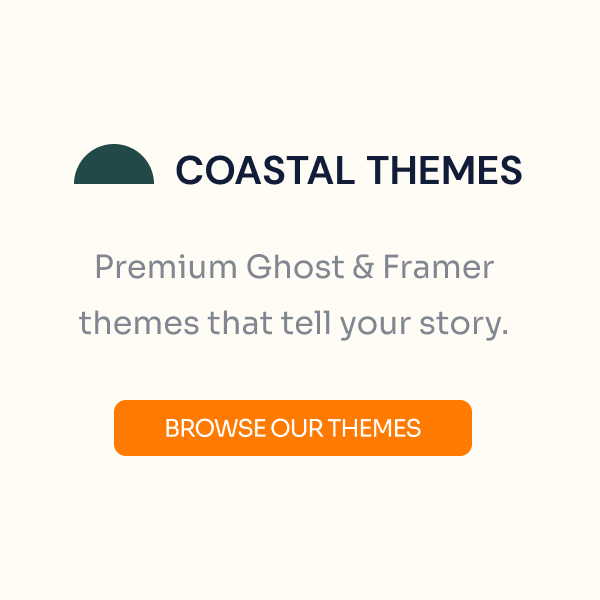Introduction
WordPress is the most popular content management system worldwide, accounting for 34% of all websites built. The CMS also has very impressive plugins, Woocommerce is one of the most popular WordPress plugins, commonly used for online businesses. However, there are many alternative tools which are just as effective.
We decided to compare Webflow, the popular responsive design tool, to WooCommerce, a customizable, open-source eCommerce platform.
The Solution
Pricing Models: Webflow vs. WooCommerce
WooCommerce
Although WooCommerce Payments has no setup charge and no monthly fees. You will be liable to pay 2.9% + $0.30 for each transaction made with U.S.-issued credit or debit cards. For cards issued outside the U.S an additional 1% fee. Keep in mind that WooCommerce is a WordPress plugin. You may need a hosting plan, depending on what your business needs are.
Webflow
Webflow charges 29$ per month when billed annually, for its ecommerce plan and 0-2% for a transaction fee. The transaction fee is billed per transaction, this excludes the gateway fees.
Unique Features of Webflow
Webflow Ecommerce allows you to build and design the online store of your dreams. Every detail of your cart, products orders etc. can be customized. Once you’re done, you can go ahead and launch a fully-functional online store without writing any code.
Here are some of Webflow’s most unique features
- Build Your Store
Webflow Ecommerce can be used to get your online store started. You can choose from a variety of ecommerce templates or for the more experienced designer, you can start from scratch. Ecommerce will automatically be enabled if you select an Ecommerce template.
You can decide on another template, create a new site or modify an existing one by clicking on the Ecommerce icon in the left sidebar of your Webflow Ecommerce dashboard.
- Custom Design Your Store
You have the same design options and flexibility as any standard CMS when designing your store. The shopping experience can be seamlessly integrated with your website. You can filter, limit, or paginate product lists and display them on your homepage.
- Add Your Ecommerce Elements
Webflow allows you to create collection template pages for your products or categories. Additionally, you can also customize the checkout experience by designing two Ecommerce utility pages: The checkout page and Order Confirmation page.
- Going Live
After your online store has been built and designed, it’s ready for launch. However, unlike standard CMS’s, an Ecommerce website cannot be published by just pressing a button. You will need to first set up your store.
- Marketing Your Online Store
Your Ecommerce collections can be linked to CMS collections. Blog posts can feature products and link product categories to brand collections. You can also create seasonal promotions, advertising campaigns and coming soon landing pages, and filtered product listings on your homepage.
- Getting Orders
Once you have published your online store, you will soon start receiving orders. Orders will be sent to the Webflow Editor and Designer. There you can view the details of who placed the order, their address, and mark the status for your own tracking. Notifications for new orders will be sent to you via email and in the Designer.
Unique Features of WooCommerce
WooCommerce is a completely open-sourced, customizable eCommerce plugin that is used by entrepreneurs across the globe. It is one of the most popular plugins used by WordPress users.
We’ve listed WooCommerce’ most unique features below:
- Variety of Themes
You can choose the one that suits you best. WooCommerce works seamlessly with themes that you already love. This includes all the default WordPress themes for each year and many other popular themes from around the web.
- Customize Your Store
You can customize any aspect of your website, from the homepage layout to its buy button and the content. This will allow you to create the online store you have always wanted.
- Built-in blogging
WooCommerce allows you to integrate eCommerce with content. You can blog about your favorite products, specials and upcoming launches at any given time.
- Embed Products
You can embed products, checkout, and other information on any page. Products are easier to find by using categories, tags, and attributes. Customers can add tags to describe products to help them find what they need. They can also use attributes such as size to find the most relevant items.
- Ratings and Review
Customers can leave feedback directly on the product page. Once approved, other customers will be able to see reviews too.
- Customize Your Locale
Choose the currency, language, and measurement units (inches or centimeters) that are most appropriate for you or your product.
- Filtering & Sorting Products
Customers can sort products by popularity, rating, price, attribute, or newness to find the perfect fit.
- Unlimited Photos & Galleries
You can include as many photos as you like to showcase your products. To highlight the most popular photo on your site, create a featured image.
Webflow or WooCommerce- Which is Better?
It all boils down to what your business needs and where you would like to see it going. Webflow is better for those with more experience in web designing who need a fully customizable site. However, you must be able to afford the higher fees. WooCommerce is still the most popular ecommerce plugin around. It is affordable and offers great functionality but it may be limiting. We suggest weighing up the pros and the cons and making an informed decision before choosing the perfect eCommerce tool.





